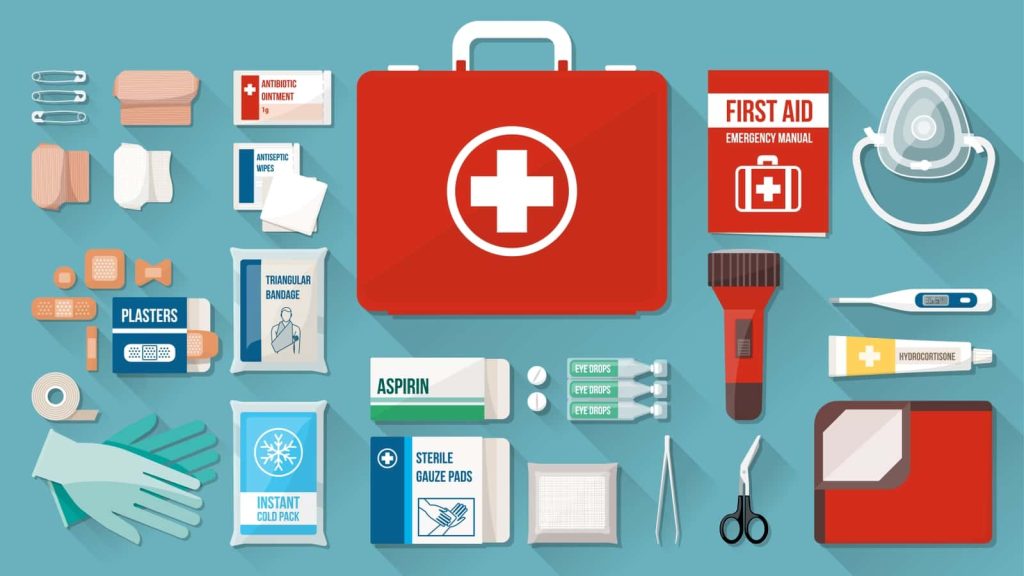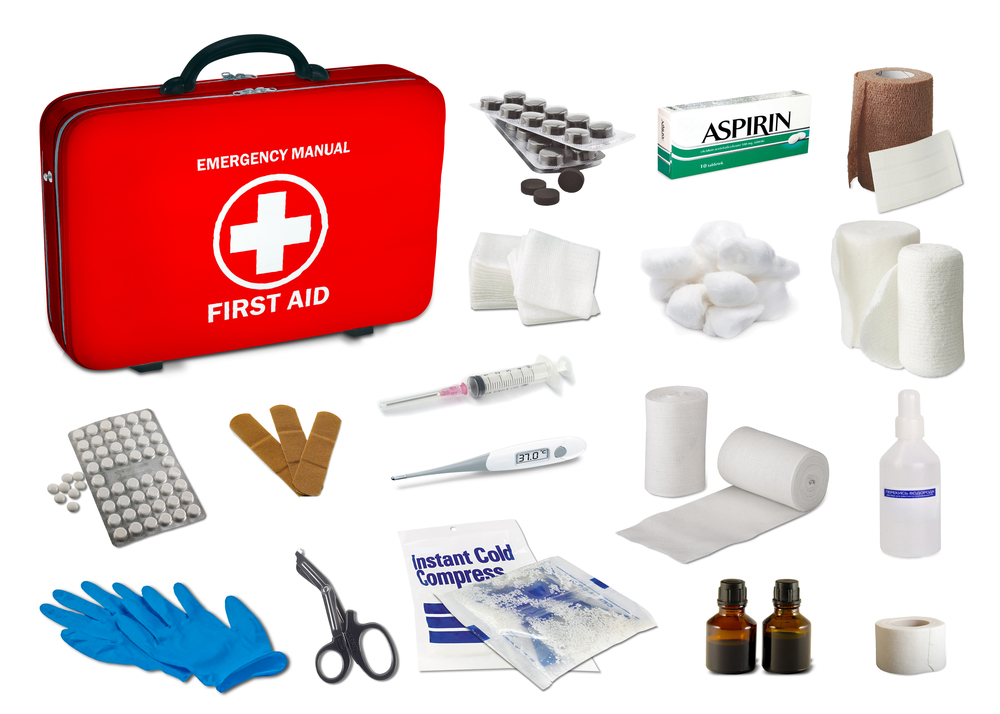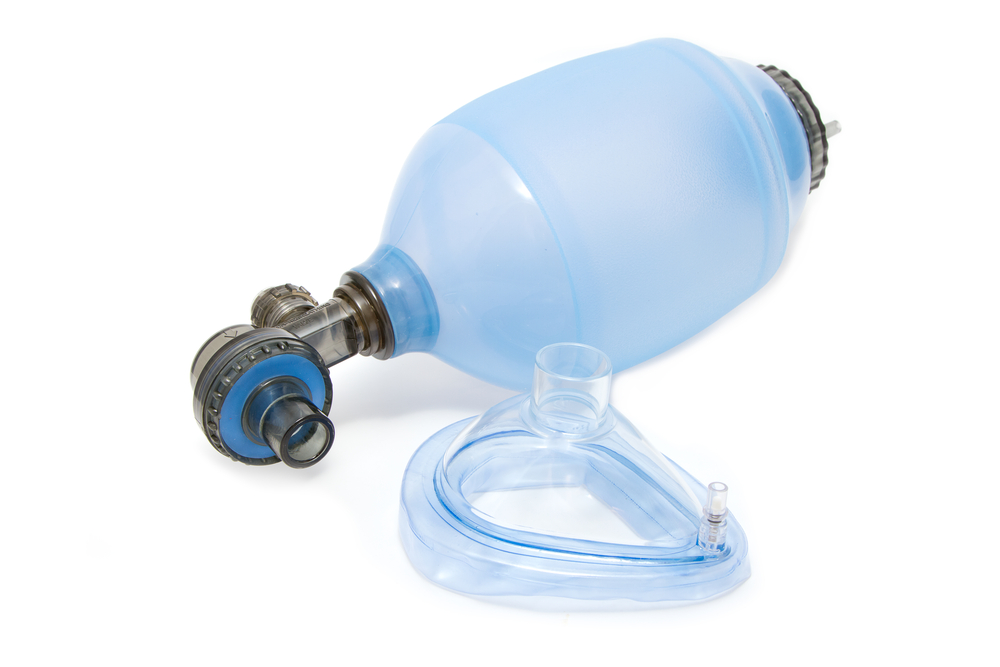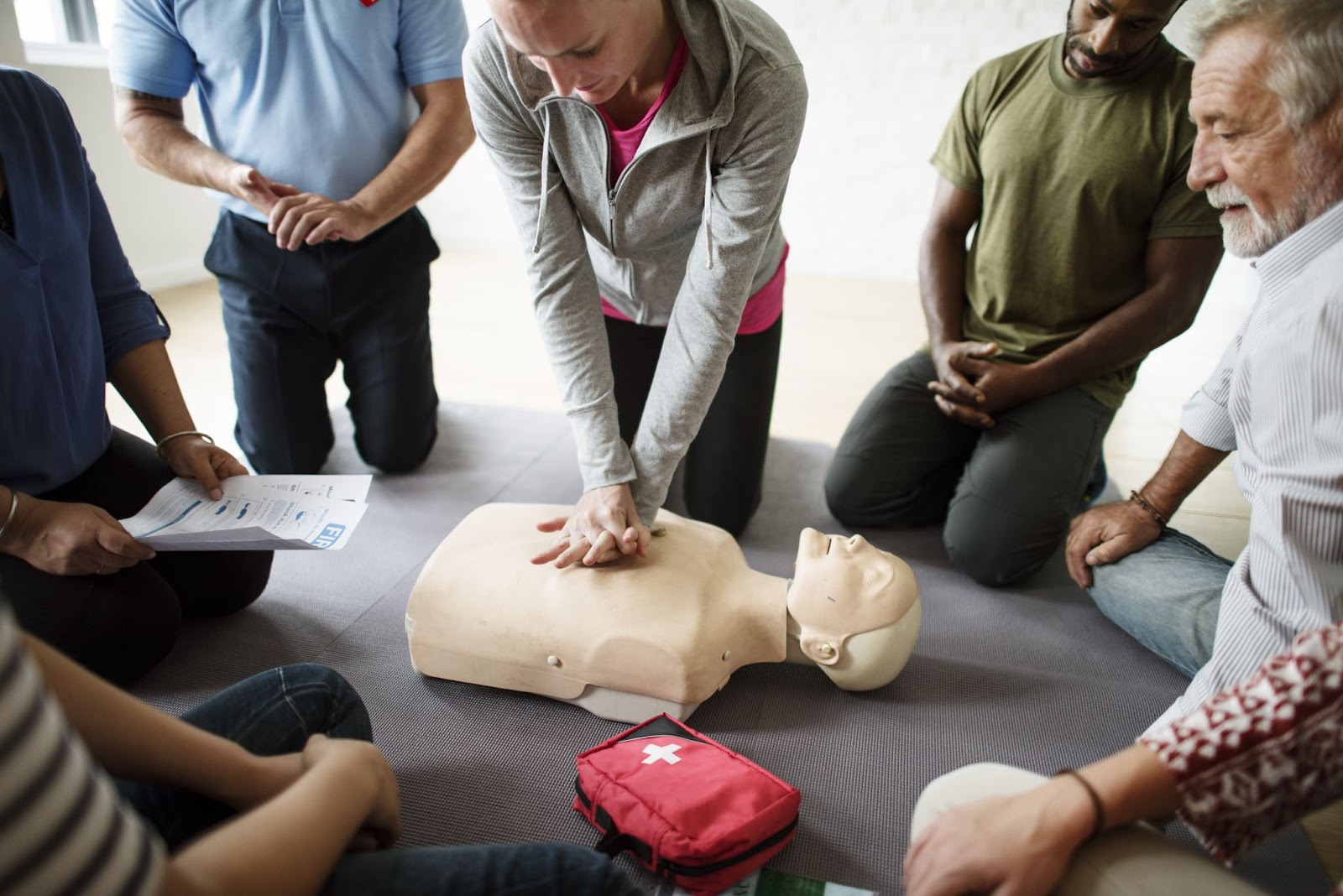Essentials For Your Workplace First Aid Kit

Imagine the following scenario: A recently hired employee at your business accidentally trips over a cord and falls down a short staircase. Other employees notice the commotion and rush to help the worker who has opened a serious wound on her arm. While some people try to stop the bleeding with napkins, no one can seem to find a first aid kit with gauze, bandages, and other essential first aid items that could help get the bleeding under control while medical personnel arrive.
This hypothetical situation could quickly turn into a serious medical emergency.
First aid kits can play a major role in reducing the severity of accidents that happen within the workplace. For workplaces that have a complete first aid kit on hand, a small wound from an accident might simply require a few stitches.
Without a first aid kit available, however, that same wound could lead to profuse bleeding, a dangerous loss of blood, shock, and potential long-term health problems for the affected employee. Not only does this endanger the health and wellbeing of your workforce, but it can also drastically increase workers compensation claims that can cost your company.
In this short article, we take a brief look at the importance of having a workplace first aid kit. You’ll find a complete workplace first aid kit checklist that is based on the OSHA first aid kit requirements for 2021 to ensure compliance with all the latest necessary regulations.

The Benefits of a Workplace First Aid Kit
A simple first aid kit can offer a number of important benefits for a workplace. First and foremost, a well-stocked first aid kit can save lives in the case of dangerous accidents.
Of course, first aid kits should also be part of a wider injury prevention program and protocols that reduce the number and severity of workplace accidents. By training select employees in first aid techniques and how to use the elements contained in a first aid kit, you can also contribute to a healthier and more positive work environment. In fact, simple first aid training for your workforce can be a great team-building exercise, as well.
By training people in the use of your first aid kit, you can also help to reduce recovery times when accidents and injuries do occur. According to one recent survey published in Physician’s Weekly, non-fatal injuries in the workplace lead to approximately 11 lost work days and a value of $1,560 per year in the United States per worker, per year.
Proper first aid treatment can reduce that lost time and cost, thus improving productivity and saving your company money.
OSHA First Aid Kit Requirements for 2022

So what exactly should your first workplace first aid kit include? According to the OSHA Standard 1910.266 App A related to mandatory first-aid kits, your kit should include a minimum of:
- Gauze pads (at least 4 x 4 inches)
- Two large gauze pads (at least 8 x 10 inches)
- Box adhesive bandages (Band-Aids)
- One package gauze roller bandage at least 2 inches wide
- Two triangular bandages
- Wound cleaning agent such as sealed moistened towelettes
- Scissors
- At least one blanket
- Tweezers
- Adhesive tape
- Latex gloves
- Resuscitation equipment such as resuscitation bag, airway, or pocket mask
- Two elastic wraps
- Splint
- Directions for requesting emergency assistance

It’s important to note that OSHA does not require specific first aid kits for general industry. Rather, they state in OSHA 29 CFR 1910.151(b): “Adequate first aid supplies shall be readily available.”
Given the fact that workplace accidents can occur in virtually any type of work setting, businesses would do well to develop a comprehensive first aid kit and first aid program that responds to the specific hazards which can be reasonably expected to occur in the event of an injury.
Consider these additional factors:
- In the same guideline, OSHA advises that the items listed above are adequate for a small company of 2-3 people. Be sure that you have enough supplies, and enough complete first aid kits available to match your number of employees.
- Distribute first aid kits throughout your facility, so that one is always within easy reach.
- Consider adding additional items to your first aid kit. For example, latex-free (vinyl or nitrile) gloves are important to protect those with latex allergies. Break-open cold packs are another example. Imagine if, in our opening scenario, the person who fell down the stairs had severely sprained an ankle. The application of a cold pack would be important for the immediate reduction of swelling. (Remember to always use the manufacturer’s provided sleeve or some barrier – cloth, paper towels, etc. – between the cold pack and the skin.)

Update Your Workplace First Aid Training With Work-Fit
One way to develop a comprehensive first aid program is to hire a company with experience in workplace injury management. Work-Fit is a leading expert in injury prevention and management for your workforce. We have 30 years of experience in helping businesses from all different industries to create and implement holistic injury prevention programs. We have a 98% success rate in using OSHA First Aid techniques to prevent early musculoskeletal symptoms from becoming recordable injuries.
Work-Fit can help every type of business develop different strategies to promote a preventive care model that increases productivity rates and creates savings on employer healthcare costs. Contact Work-Fit today to see how we can help you create a first aid program as part of a greater injury prevention program for your workforce.



